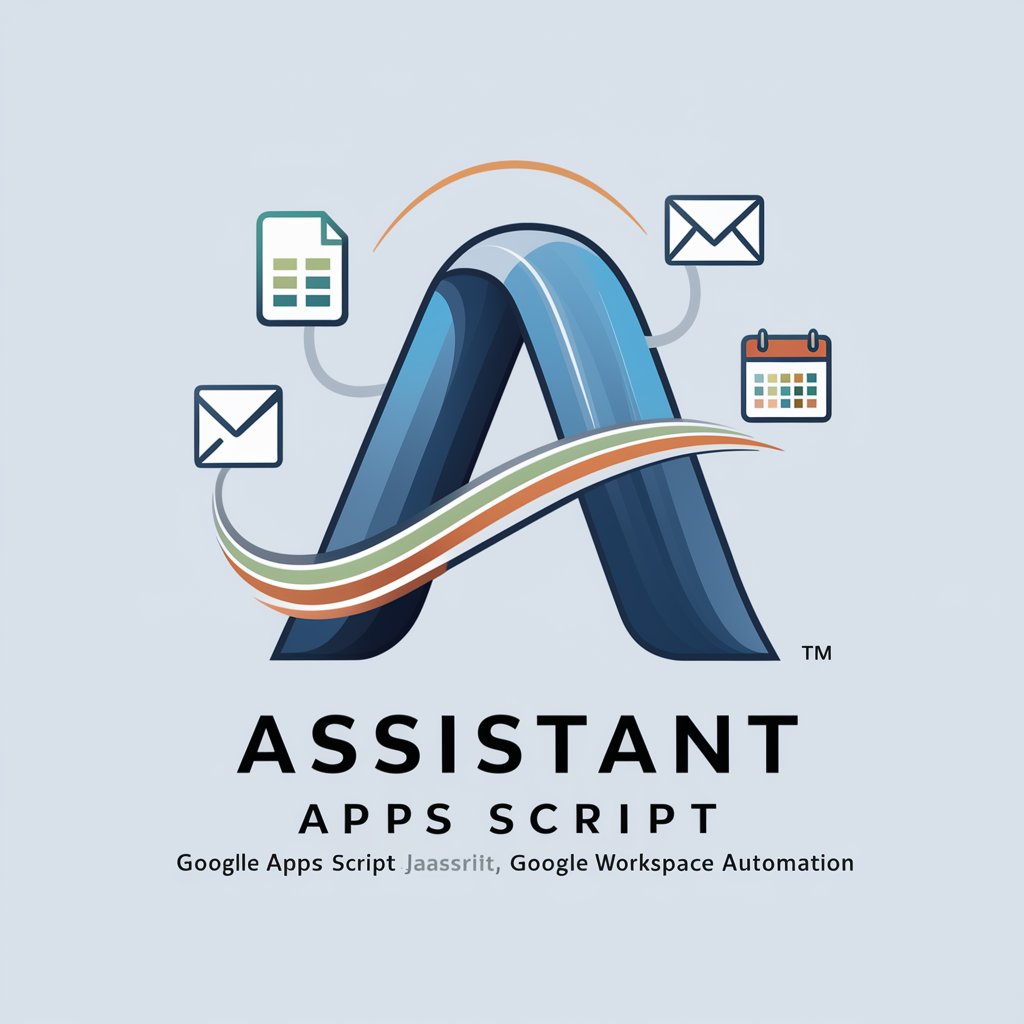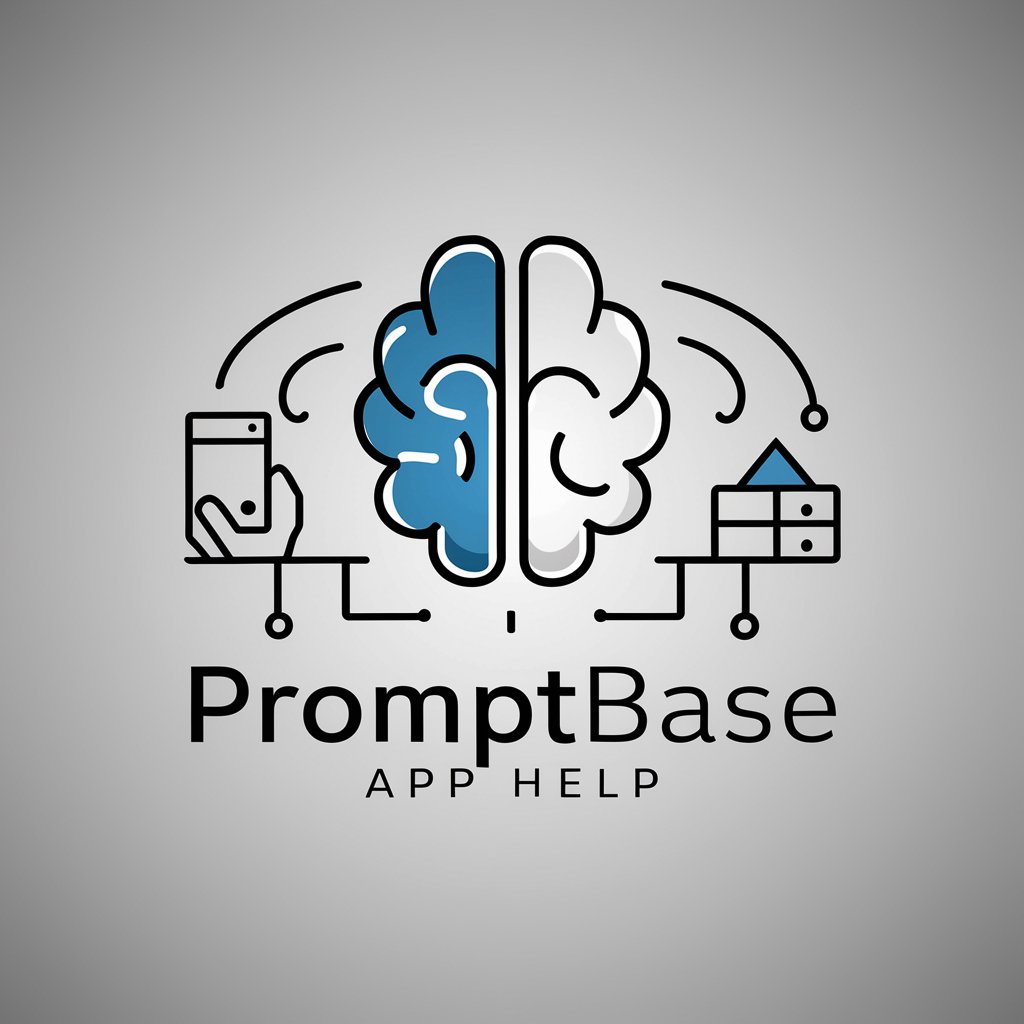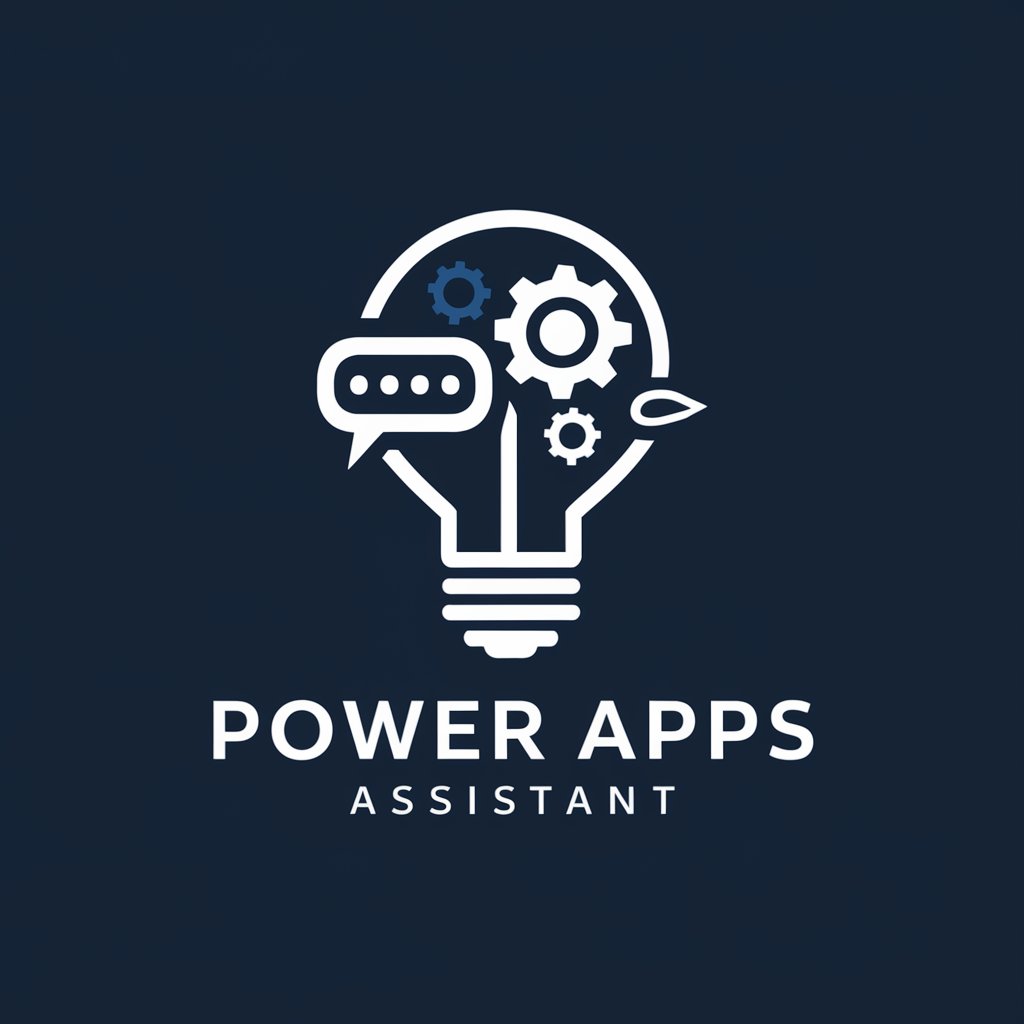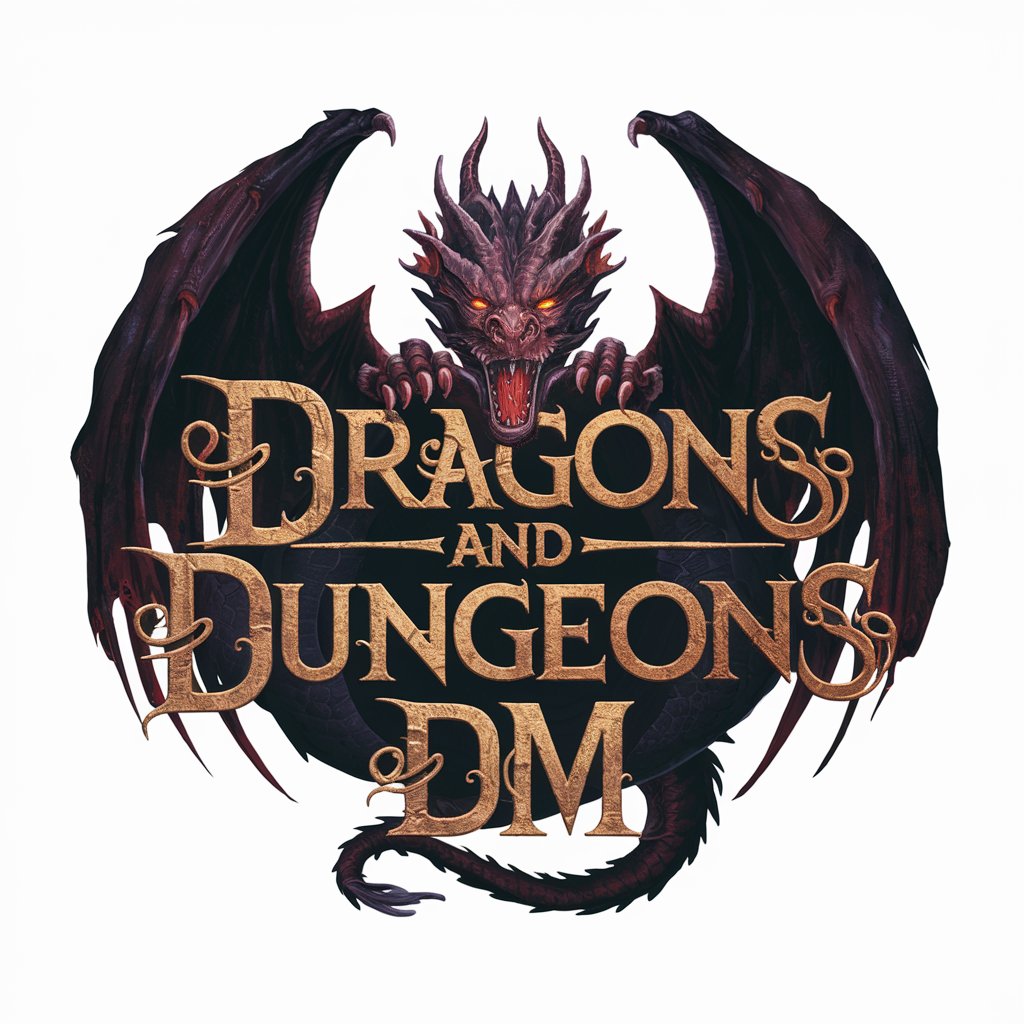
UI/UX Design for Mobile Apps - UI/UX Design Insights

Welcome, I'm your UI/UX Designer chatlet, here to guide you in mobile app design!
Crafting Engaging Mobile Experiences with AI
Describe the essential elements of a mobile app's user interface...
Explain how to create a responsive layout for different screen sizes...
What are the best practices for inclusive design in mobile apps...
Share some examples of engaging animations for mobile app UI...
Get Embed Code
Introduction to UI/UX Design for Mobile Apps
UI/UX Design for Mobile Apps encompasses the comprehensive process of enhancing user satisfaction by improving the usability, accessibility, and pleasure provided in the interaction between the user and the mobile app. UI (User Interface) focuses on the app's layout, design elements, and interactive components that users engage with, aiming to ensure an intuitive and aesthetically pleasing interface. UX (User Experience), on the other hand, involves the overall experience a user has with the app, including the ease of navigation, the efficiency of accomplishing tasks, and the emotional responses elicited during the interaction. For instance, designing an e-commerce app involves creating an attractive product gallery (UI) and ensuring a seamless shopping experience from product search to checkout (UX). Powered by ChatGPT-4o。

Main Functions of UI/UX Design for Mobile Apps
User Research
Example
Conducting surveys and interviews to understand user needs.
Scenario
Before redesigning a fitness app, user research is conducted to identify common pain points in tracking workouts, leading to the implementation of a more intuitive workout logging system.
Wireframing and Prototyping
Example
Creating wireframes for app layout and interactive prototypes.
Scenario
For a food delivery app, wireframes are developed to layout the user interface, followed by interactive prototypes to test and refine the navigation and ordering process.
Visual Design
Example
Designing the visual elements like icons, colors, and typography.
Scenario
Designing a meditation app involves selecting calming colors and simple iconography to promote a serene user environment.
Usability Testing
Example
Gathering user feedback on app prototypes to identify usability issues.
Scenario
After creating a prototype for a mobile banking app, usability testing is performed to ensure tasks like money transfer are easily accomplished by users.
Accessibility and Inclusivity
Example
Ensuring the app is usable by people with various disabilities.
Scenario
Incorporating voice commands and screen reader compatibility in a social networking app to make it accessible to visually impaired users.
Ideal Users of UI/UX Design for Mobile Apps Services
App Developers
Developers benefit from UI/UX design by enhancing the usability and appeal of their apps, thus improving user retention and satisfaction.
Business Owners
Business owners seeking to launch or improve a mobile app for their business will find UI/UX design crucial for attracting and retaining customers by offering an engaging and efficient user experience.
Design Students
Students pursuing a career in design can use UI/UX principles to build a solid foundation in designing user-centric mobile applications, preparing them for professional challenges.
Marketing Professionals
Marketing professionals use UI/UX design to ensure that the apps serve as effective tools in marketing strategies, enhancing brand identity and customer loyalty through a positive user experience.

How to Use UI/UX Design for Mobile Apps
Begin with a Trial
Start by exploring UI/UX design possibilities at no cost by visiting yeschat.ai for a complimentary trial that requires no login or subscription to ChatGPT Plus.
Identify Your Design Needs
Evaluate the scope of your mobile app project to determine the UI/UX design elements you need, such as layout, color schemes, typography, and user flow.
Gather User Feedback
Conduct user research through surveys, interviews, or usability tests to gather insights about your target audience's preferences and pain points.
Prototype Your Design
Use prototyping tools to create interactive models of your app. This allows for early testing of design concepts and the functionality of user interfaces.
Iterate Based on Feedback
Refine your design based on user feedback and usability testing to ensure it meets user needs and provides an intuitive, engaging experience.
Try other advanced and practical GPTs
Assistant Apps Script 💻
Automate Google Workspace with AI

PromptBase Apps Help
Craft and monetize AI-powered apps with ease.

Asesor Power Apps
Harness AI for Power Apps Mastery

ADA-Crea APPs
Empowering Your App Creation Journey

Expert em Power Apps
Master Power Apps with AI-powered guidance.

Apple Apps DEV GPT
Empowering Apple app development with AI

Power Apps Assistant
Empowering Power Apps development with AI

Dragon Mentor AI
Empowering Your Educational Journey with AI

Dungeon and Dragons - DM toolbox v2.1
Empower Your D&D Adventures with AI

JDR - Donjon & Dragon
Empower Your D&D Adventures with AI

Dragons and Dungeons DM
Craft Your Adventure with AI

RPG game Dragon slayers Beta
Embark on an epic quest to slay dragons with AI.

UI/UX Design for Mobile Apps Q&A
What are the essential elements of UI design in mobile apps?
Key elements include layout, color scheme, typography, and navigational components. Effective UI design ensures visual appeal, accessibility, and a seamless user journey.
How does UX design impact user retention?
UX design directly influences user satisfaction by focusing on usability, accessibility, and the overall user journey. A positive UX can significantly increase user retention by ensuring the app meets users' needs and expectations.
What role does user research play in UI/UX design?
User research is crucial for understanding target users' behaviors, needs, and pain points. It informs design decisions, ensuring the app is user-centered and meets the intended audience's needs.
How do you test the usability of a mobile app?
Usability testing can be conducted through prototypes with real users to collect feedback on the app's functionality, ease of navigation, and overall user experience. Tools and methodologies include A/B testing, heat maps, and user interviews.
Can you integrate animations into UI/UX design, and how?
Yes, animations can enhance user experience by providing visual feedback, guiding user interactions, and making the interface more engaging. Use them sparingly to highlight actions, transitions, and changes in state without overwhelming users.